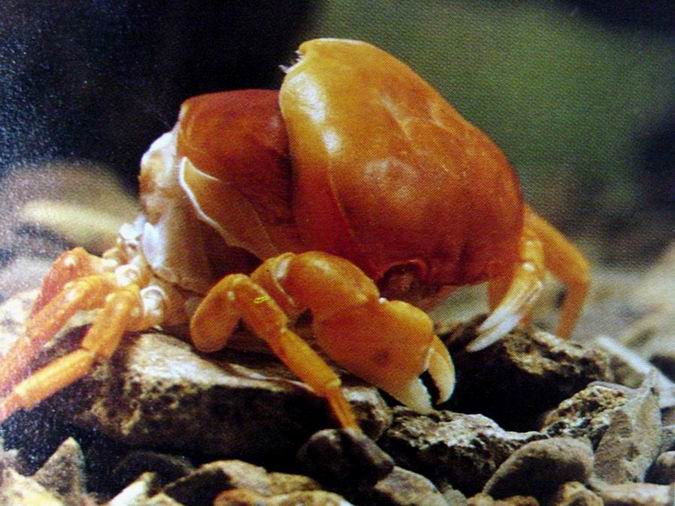|
| Query: crab | Result: 935th of 1004 | |
일본민물게 (Japanese Freshwater Crab) - 탈각(脫殼) 2
| Subject: | 일본민물게 (Japanese Freshwater Crab) - 탈각(脫殼) 2
| |

| Resolution: 675x506
File Size: 76089 Bytes
Date: 2005:03:17 22:02:04
Camera: MAVICA (SONY)
F number: f/2.8
Exposure: 1/30 sec
Focal Length: 124/10
Upload Date: 2005:03:20 20:34:27
|
일본민물게 (Japanese Freshwater Crab) - 탈각(脫殼) 2 |
^o^
Animal Pictures Archive for smart phones
^o^
|
|

